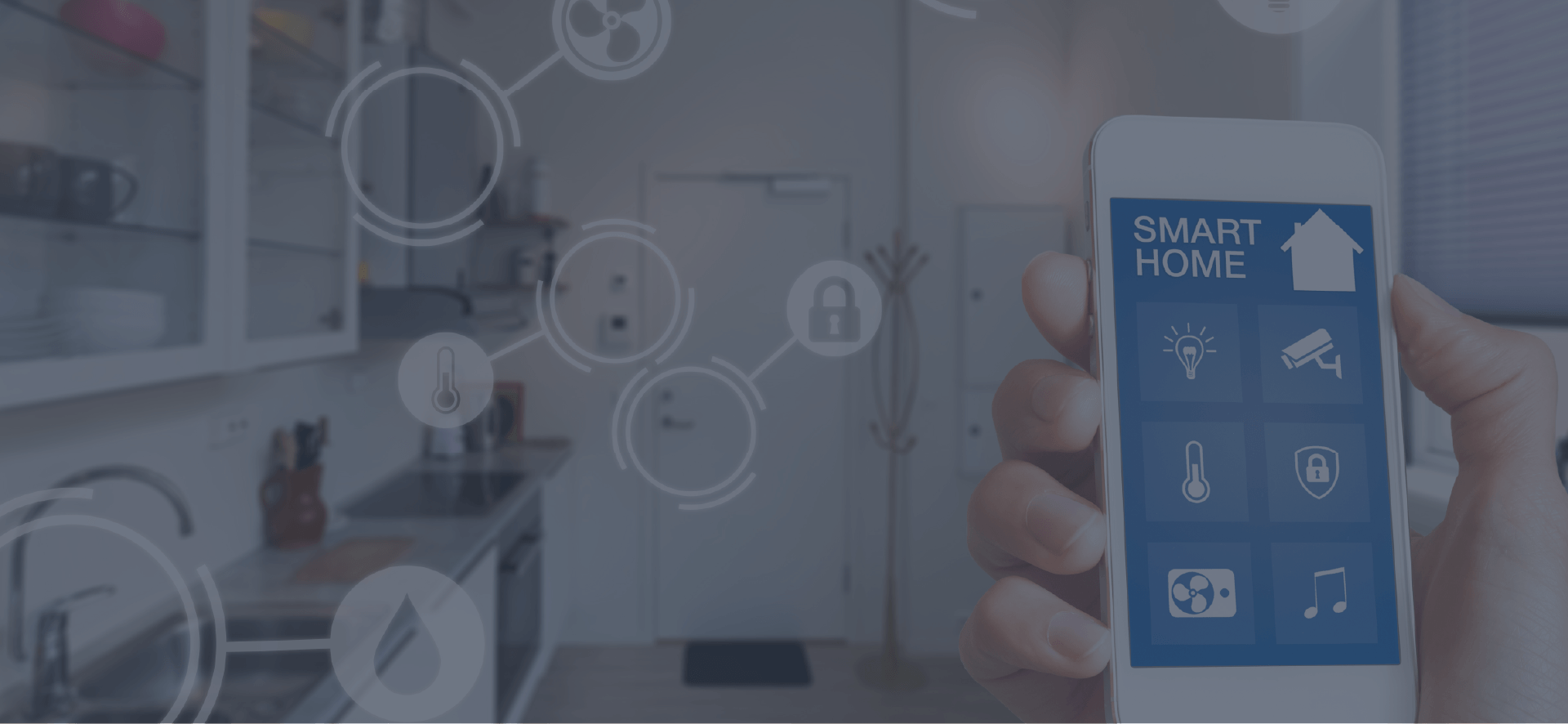Energy storage is a trending topic in renewable energy. A common question is whether they should install a solar battery with their solar panel system now or wait and add one later. In this article, we’ll explore some key factors to consider when making that decision.
Why would you want a solar battery?
Before deciding whether you want to install a battery now or in the future, ask yourself why you want a battery. Do I need one for my solar system? Batteries are a hefty investment, typically adding over $10,000 to the total cost of going solar. And in some areas of the country, you may not see a financial return on that upfront investment.
A solar battery can be helpful if your utility charges demand fees, has time-of-use rates, or does not offer net metering. This is because a solar battery lets you store solar electricity on site, which you can use instead of expensive grid electricity when your panels aren’t generating enough power.
Solar batteries may also provide resilience during power outages. Even if a solar battery doesn’t pay off financially, it can provide peace of mind knowing that you have an alternative power source when the grid is down.
If you’re not entirely convinced to add a battery based on the reasons above, that’s okay! It might just mean that you should not install one right now. However, if you want a battery and are just trying to figure out the best time to install it, keep reading.
Incentives and pricing
The cost of batteries is dropping rapidly, and this trend is likely to continue in the future. If you’re considering buying a battery storage system, it’s worth doing so sooner rather than later, as currently available incentives may not be around in the future. Between 2010 and 2019, lithium-ion battery pack prices fell by an impressive 87 per cent. This indicates that a storage system you buy today may be cheaper in the future, but waiting too long could mean missing out on incentives that can help to reduce your overall costs.
Solar batteries and the impact of the federal ITC
There are several reasons why you may want to consider installing a battery with your solar panel system today instead of waiting. One reason is that homeowners can currently claim up to 26% of the costs associated with a battery system as a tax credit on their federal taxes. However, this incentive will step down to 22% in 2023 and expire completely for homeowners in 2024. Additionally, many states or utility companies offer programs that subsidize solar-plus-storage adoption. So before making your decision, be sure to research the incentives available in your area!
The cost of solar battery installation
When you buy a solar-plus-storage system, in addition to the hardware costs, you are also paying for labour and permitting. Installing your solar panel system and battery simultaneously is more efficient from a labour perspective and can be less expensive than installing them separately.
Additionally, To work on your property, most local jurisdictions require installers to first pull electrical permits-something that can be included in your total system cost. There may also be an all-encompassing permit and interconnection application needed for their electrical work on a solar-plus-storage system. This can potentially cost less and take less time than filing individual permits for the solar panel and the battery.
Aside from truck rolls, permits, and interconnection fees, there are other cost considerations regarding installation fees. These include costs related to scheduling inspections, making necessary repairs or replacements after installation, and any additional materials or services that you may need.
In this way, installing your solar panels and battery simultaneously is an economic decision as it allows you to save labour, permitting and inspection costs.
The integration of a retrofit system
If you want to install a battery onto your existing solar panel system, there are many things to consider depending on the configuration of your current setup.
The most important factor is whether your inverter is DC-coupled or AC-coupled. Most retrofit battery installations use an AC inverter, but installing a DC-battery system may be the way to go if you’re looking for more efficiency. In this case, it’s best to install the solar panel system and battery at the same time for a more cost-effective solution. However, if you are content with an AC-coupled solution, adding a battery can be done even with existing hardware.
No matter what type of system you choose, it’s important to understand all the components involved before making any commitments. With the right knowledge and planning, upgrading your solar panel system to include a battery can be made much simpler.
The bottom line
When it comes down to it, installing a solar battery now or later depends on your budget, priorities, and specific situation. If you decide to wait and see, remember to ask your installer for a storage-ready system – this will save you from headaches in the future. Ultimately, it’s a personal decision based on your current needs and plans for the future. If you’re looking for an immediate solution and have the budget to accommodate it, installing a solar battery now may be the best option. On the other hand, if you want to wait until you can afford something better or more suitable for later down the line, then planning for a retrofit is likely ideal.







